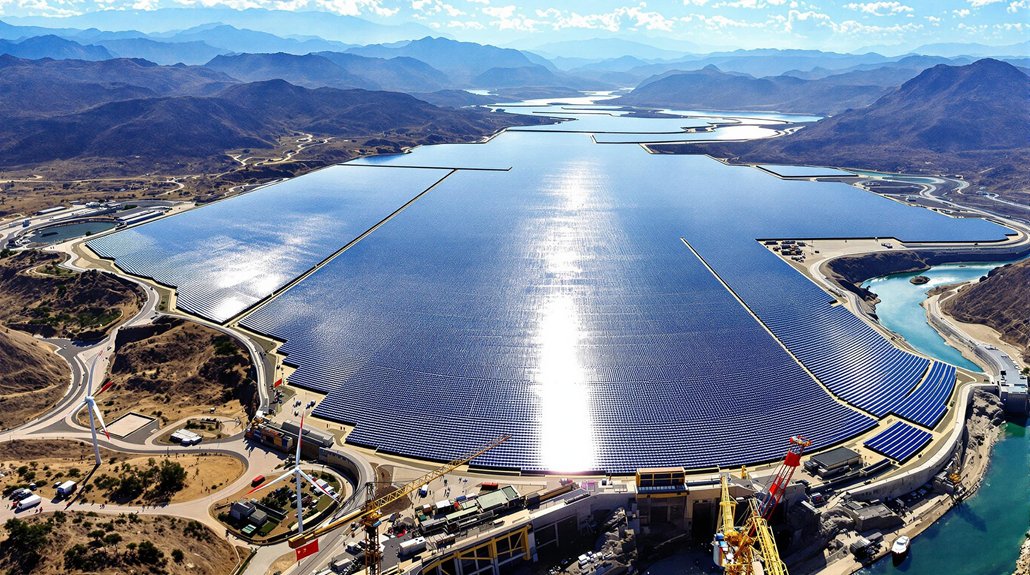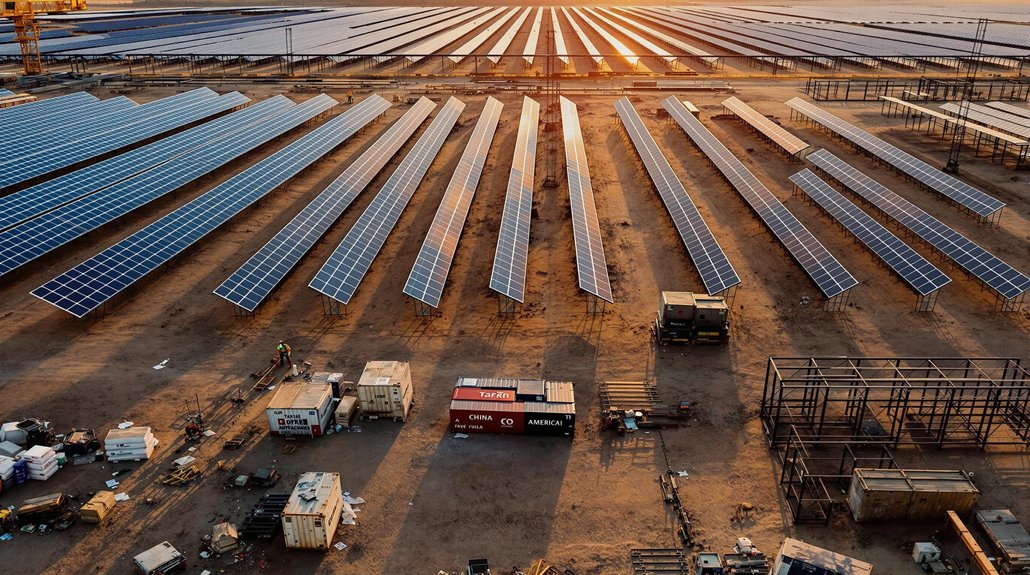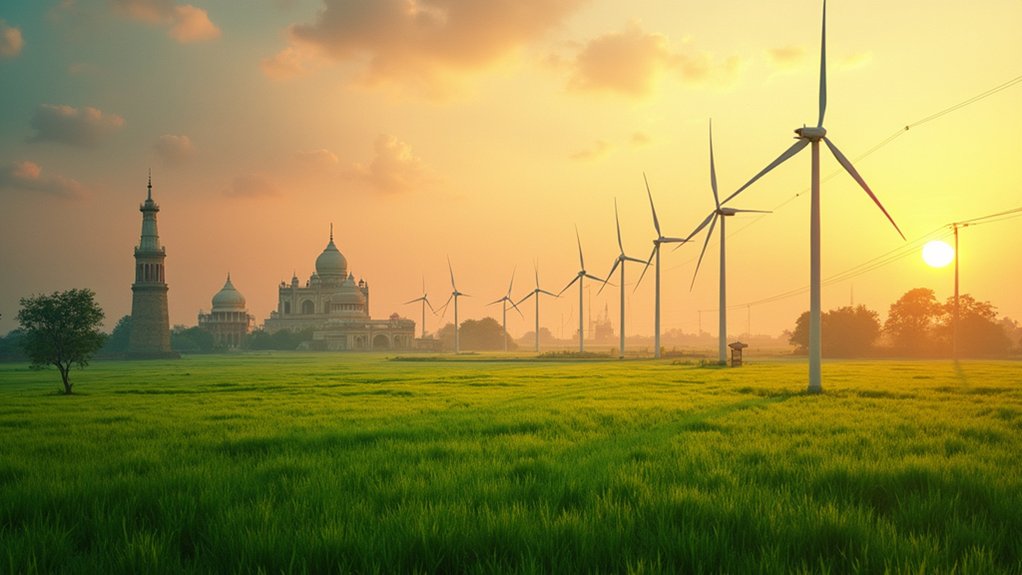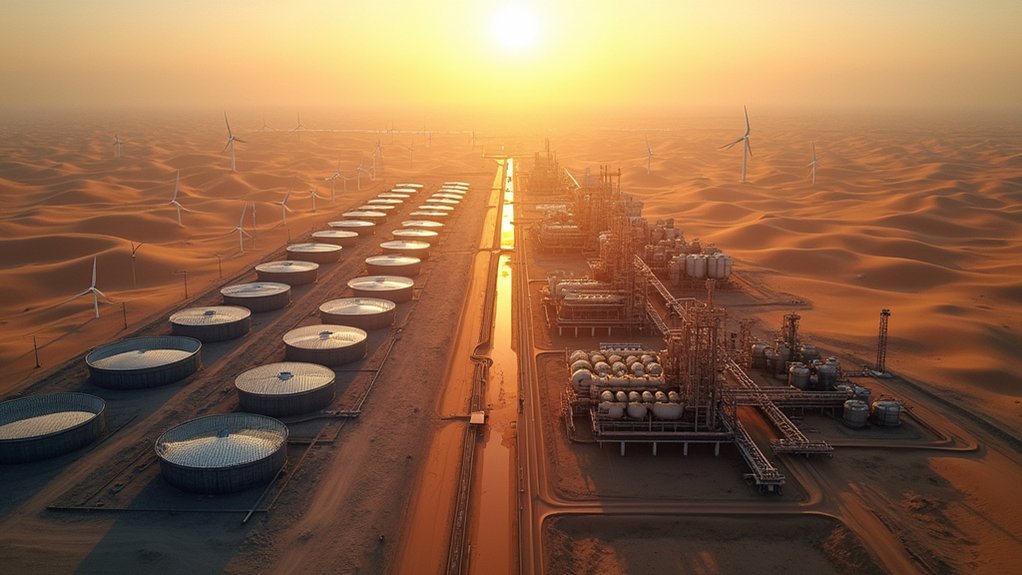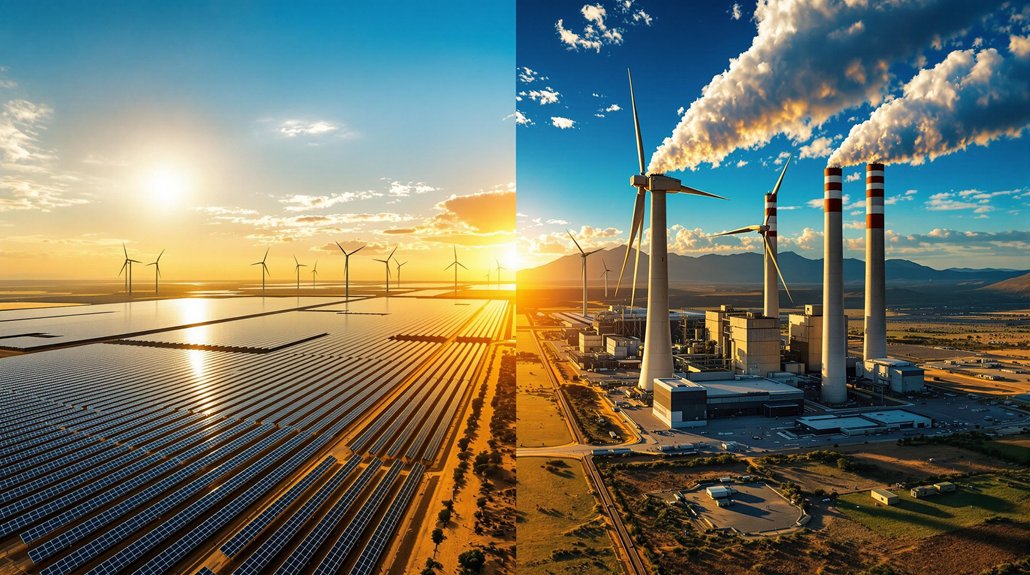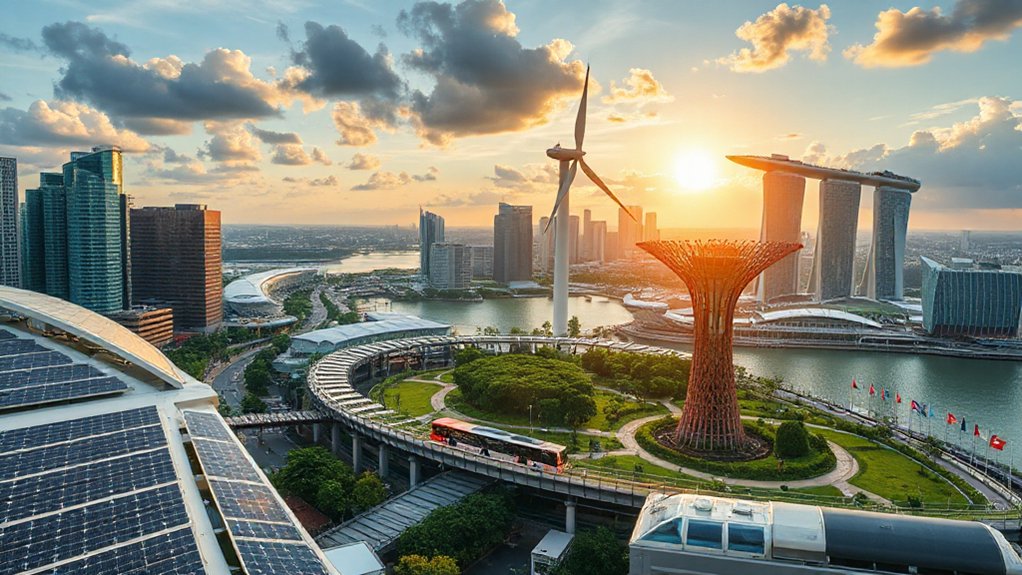China doubled its energy footprint in 2023, installing 24 gigawatts in Belt and Road countries while Western powers just talked climate change. Impressive, right? Not entirely “green” though—48% comes from thermal sources including coal. China initiated 93% of global coal construction this year. Talk about mixed signals. With 156 gigawatts total (1.5x Australia’s entire capacity), Beijing’s using energy to buy friends and influence. The geopolitical power play continues beneath solar panels and smokestacks alike.
Twenty-four gigawatts. That’s how much energy capacity China installed in Belt and Road countries just this year. Double what they did in 2023. Let that sink in. While Western powers debate climate policies in fancy conference rooms, China’s building actual power plants. Lots of them.
Twenty-four gigawatts of Chinese energy capacity while the West just talks. They’re building power plants. We’re holding meetings.
The numbers don’t lie. More than half—52% to be exact—of these projects are renewables. Eight gigawatts of solar. Five gigawatts of hydro. Chinese manufacturers are making this stuff dirt cheap, bringing renewable tech to markets that couldn’t afford it before. Pretty slick move.
But let’s not get too starry-eyed. The other 48%? Thermal power. Six gigawatts of coal plants. Another six gigawatts of gas and oil. And there’s still 19 GW of coal projects in the pipeline. So much for those climate promises, huh?
Asia’s getting most of the attention. Seventy percent of all that installed capacity is there. Pakistan, Indonesia, Vietnam—they’re all buying what China’s selling. In just five years, Chinese projects jumped from 7% to over 60% of wind and solar capacities in these markets. By 2030? Could hit 80%. That’s not just business—that’s domination.
The global impact is massive. The 156 GW installed since the Belt and Road initiative began equals one-and-a-half times Australia’s entire capacity. While the rest of the world reduced coal by 9.2 GW this year, China started 93% of all new coal construction globally. Mixed messages much?
Energy isn’t just about keeping the lights on anymore. It’s Beijing’s diplomatic Swiss Army knife. Build a power plant, gain an ally. Offer cheap solar panels, secure a trade partner. Renewable energy isn’t just green—it’s geopolitical.
The strategy is working. China’s energy footprint keeps growing while others talk about growing theirs. Twenty-four gigawatts this year. Who knows how many next year? One thing’s certain—China isn’t just playing the energy game. They’re changing it. Their renewable energy capacity doubled well ahead of their 2030 target, showing ambitious climate goals can coexist with economic priorities. Their total investment in these overseas power projects has reached approximately US$281 billion across 369 completed projects since 2013. Despite these achievements, China faces significant grid integration challenges as it rapidly expands its renewable energy portfolio across multiple countries and terrains.
